Right before Arc System Works’ flagship title was set to kick off the final spot on Championship Sunday at Evo 2022 —an honor given to the game with the most entrants — the lead developer for Guilty Gear Strive, Daisuke Ishiwatari and Strive, Producer, Ken Miyauchi, surprised everyone by coming out on stage to make a couple of announcements. For the first time in the franchise’s history, Guilty Gear Strive had surpassed a million units sold and the second was a character reveal to kickstart the game’s second DLC season.
Arc System Works is incredibly proud to confirm that Guilty Gear -Strive- has surpassed 1 million units shipped worldwide!
Thank you all for your support!#GuiltyGearStrive pic.twitter.com/WUP0sYRRll— Arc System Works America (@ArcSystemWorksU) August 8, 2022
Fans worldwide were delighted to see Bridget return to Guilty Gear after a near 20-year hiatus. While this franchise is decades old, it seems to have finally found its peak in popularity in 2022. That’s thanks to doing the right things at the right time. ArcSys has created a game that allows the company to not only walk beside the industry leaders, but air-dash past them.
Let’s Rock: the beginnings of Guilty Gear
Arc System Works developed their first 2D fighter game in 1998 with the original Guilty Gear title. While the original was successful enough, the company really hit their stride a few years later with the release of Guilty Gear X and Guilty Gear X2.
Kyohei “MarlinPie” Lehr, a longtime veteran of the fighting game community and game designer for Project L, says he fell in love with the Guilty Gear franchise when his brother showed him the game back in the early 2000’s.
“I was like, ’Wow, what is this combo system, what is a Roman Cancel — everything looked so fresh,” MarlinPie said. “I remember on the case of the game, they advertised Roman Cancels as a way to customize all your combos; that was new to the fighting game community.”
Guilty Gear’s Roman Cancel system allowed players to cancel their move’s ending lag in order to immediately move again and even start a new combo if they wished. Up to this point, combos in fighting games were pretty straightforward — but Guilty Gear allowed for more freedom when playing, which opened the door for a competitive scene.
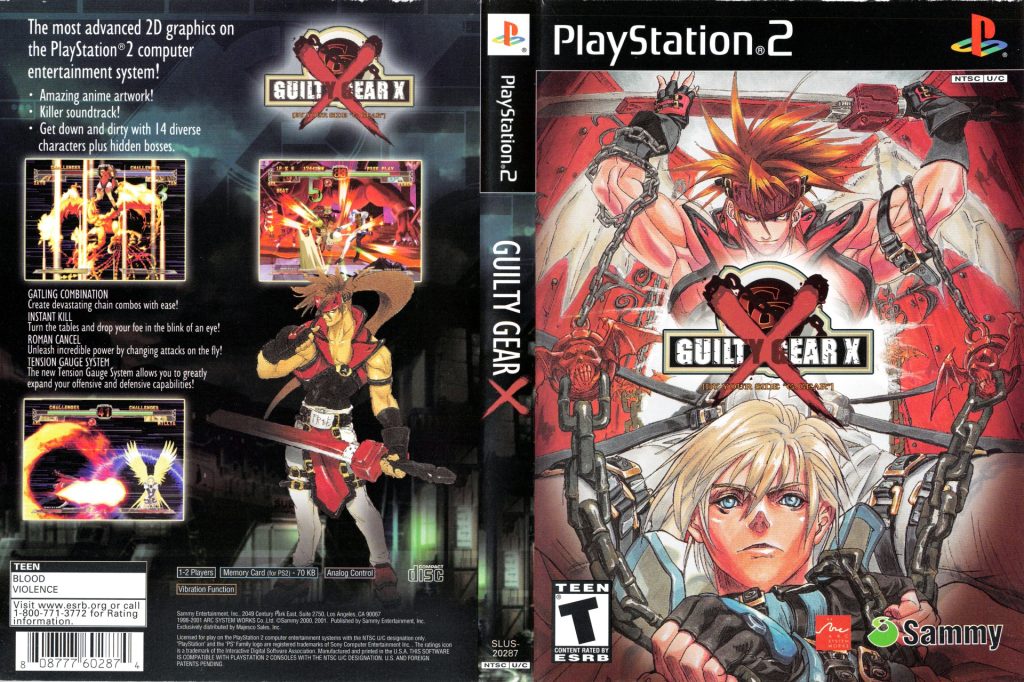
Although it wasn’t on the same level as the Capcom fighters that ruled the west, Guilty Gear actually found itself as a title at Evo 2004, the first year the then-named “Battle by the Bay” tournament series moved to Vegas and became the Evo we all know today. MarlinPie remembers the game being a big deal, despite many believing otherwise.
“There’s like this misconception of Guilty Gear not being very popular until recently, but it was actually one of the biggest games around the early-to-late 2000’s,” MarlinPie said. “It was overshadowed by other popular fighting games, but it really was like a top three game at Evo in terms of entrants; it was popping back in the day for sure. “
During Guilty Gear’s ’s first three years at Evo, it already had plenty of big-name fighting game players playing the game — Daigo Umehara was actually the game’s very first Evo champion. But Guilty Gear’s Evo success wouldn’t last long; with Evo growing every year and more games being introduced, Guilty Gear found itself out of the main lineup by 2007.
Guilty Gear would occasionally find itself back in the main lineup in random years, including 2011, in which MarlinPie managed to make it into Top 8. But for the most part, ArcSys struggled to find footing. However, 2011 was a big year for Guilty Gear, once again making it into the main lineup at Evo. That same year, BlazBlue, another ArcSys property, achieved the same goal.
Counter Logic Gaming and Red Bull’s Vineeth “ApologyMan” Meka said BlazBlue opened his eyes to the world of ArcSys. As a self-proclaimed Smash kid that grew up playing Melee, ApologyMan’s training partner and best friend one day dropped everything to play BlazBlue.
“That’s lame —I’m not doing that,” ApologyMan remembers saying, “But eventually I came around and I was like, ‘alright, I’ll give it a try;’ I ended up really liking it.”
ApologyMan was hooked on ArcSys games. As a player coming from Melee, a fast-paced game, games like Street Fighter 4 didn’t excite him. But with the air-dashing ArcSys games like BlazBlue, Apologyman found something that he could sink time into.
“It was like a whole project just to learn a character and I loved that,” Apologyman said.
While BlazBlue is a different game than Guilty Gear, Apologyman said that it was definitely heavily inspired by ArcSys’ flagship franchise with attempts to make the game simpler. Older ArcSys games like the original Guilty Gear’s were notorious for being hard to play, which was a big factor in why the series wasn’t as popular as it could have been.
“I saw a lot of people who said they liked Guilty Gear; but because the game is so hard, they weren’t able to get into it much,” MarlinPie said.
It was also hard to find any info about the game outside of Japan. Although the game was doing okay overseas, most of the top players were from Japan;some years, the entire top 8 for a given ArcSys game was Japanese. As a result, to get good at the game you either had to have a dedicated local scene or find resources online, and those resources were hard to come by.
“I feel like when I was getting better back in the day I had to go to some pretty absurd lengths,” Apologyman said. “I had to go on some weird Japanese anonymous posting site where Japanese players would post tech… I also had to go on Nico Nico — that had a bunch of match videos.”
ArcSys continued to chug along with titles as they established themselves as the clear number one “anime fighter” creator. Although they still had spotty Evo appearances that saw them come in and out of the main lineup, Guilty Gear Xrd, the fourth main entry into the Guilty Gear franchise, got them into the main lineup for a few consecutive years for the first time in a decade; but ArcSys would start their path to domination with their next title that wasn’t BlazBlue or Guilty Gear — Instead, they went Super Saiyan.
It’s over (3)000! (entries at Evo)
At E3 2017, ArcSys announced that they would be making a new game with the Dragon Ball IP. Dragon Ball FighterZ was set to be a 3v3 tag fighter along the same lines as the fading-out Marvel vs Capcom 3. This was one of the first times that ArcSys were in the right place at the right time.
“It was definitely a gateway game to get people into ArcSys,” Apologyman said. “People who are big fans have always known that these games are fun. They always loved the movement in the game and character designs, so when people got a chance to try Dragon Ball, they were like, ‘Okay, I’m an ArcSys fan — this is sick.”
Dragon Ball FighterZ was so popular that at Evo 2018, it was the first game to dethrone Street Fighter V as the number one entered game. Over the next few years, ArcSys would see a popularity increase which they looked to capitalize on with their next installment of Guilty Gear. This time though, it would be the one that would put the franchise on the western map.
Guilty Gear: Striving for success
ArcSys has always been known for very good animation and attention to detail in their fighting games. But when they revealed Guilty Gear Strive, it was like the company hit their super. The reveal trailer at Evo 2019 was incredible; taking the term “anime fighter” to new heights, the initial reaction was immeasurable, thanks to the actual in-game footage they showed off. With a 2021 release date, the game was ready to join the likes of Tekken and Street Fighter as one of the big three franchises for the first time since 2004. Ironically, the 2021 date couldn’t have been better.
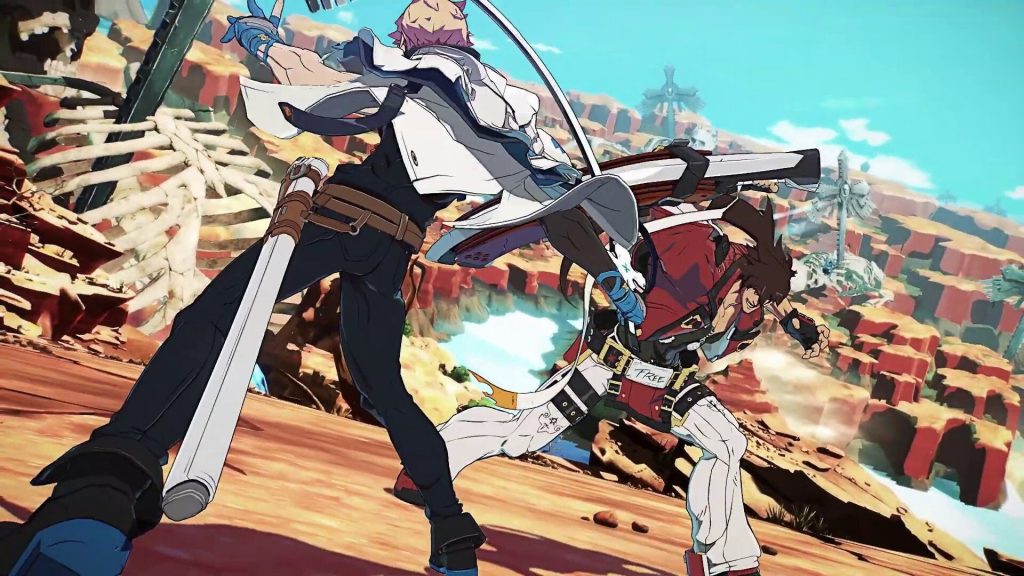
With the COVID-19 pandemic putting a halt to many fighting games and their scenes, which historically have been powered through in-person play, the reliance on online play made or broke many games during the era. But Strive came prepared with its rollback netcode. Rollback netcode has been a heavily talked about topic in the FGC, and with all the then top games in the scene lacking good ways to play online, the door was open for ArcSys once again.
Rollback netcode, in simple terms, is the best way to play online in fighting games. With fighting games having very precise movements and interactions, it is vital for a good experience to have players be on the same playing level regardless of internet connection. Rollback netcode puts players on even connection levels by predicting player inputs, giving the impression that there is no lag. If the input is different than the prediction, the game “rolls back” to the last frame to make sure it gives the right input; with the inherent delay that playing online gives, the rollback is virtually unnoticeable and the game really feels like both players are playing on the same system, even if they’re thousands of miles away from each other. Even the best players in the world from other fighting games gave Strive a shot because of this, including one of SFV’s best: Derek “iDom” Ruffin.
“The netcode is so good that you can play from anywhere,” iDom said.
When talking to American esports manager for Arc System Works Junior Ferreira, and Ryo Ishida, global esports manager for Arc System Works, the pair mentioned that there has been a massive shift when it comes to player perception and player retention. According to Ishida, the American market for their games is now nine times larger than the Japanese market. With that said, they knew that one thing the western market wanted was rollback netcode.
“Before we implemented Rollback netcode, it was very difficult for Japanese and US players, even in the States it could be difficult to fight players in the east coast and west coast,” Ishida said.
Ishida said that ArcSys has been the first major fighting game publisher to introduce sophisticated rollback technology.
With pleasing aesthetics and good netcode, Strive already had two of the big three things needed for a game to thrive in the FGC. But the question of how good the actual gameplay was remained;, with the Guilty Gear franchise being notoriously hard to play, the benefits of deep gameplay did not outweigh their fears of the difficulty. But Strive took the risk — they made the game simple. Gone were the crazy specific inputs needed to implement crazy combos. And somehow, Strive still managed to capture the fast-paced gameplay the series has come to be known for.
Guilty Gear Strive will have the same rollback netcode as XX Accent Core Plus R
Can we get some W's in the replies? #GGST pic.twitter.com/5tVjNv86Ye
— Panda (@PandaGlobal) January 27, 2021
“Yeah, it’s simple in some ways; characters definitely have less moves than they did before, but I think the system is pretty deep,” Apologyman said. “I think the Roman Cancel system in Strive is like, the most complex it has ever been.”
MarlinPie has been playing Guilty Gear games for more than 20 years, and he says the new direction the series is taking is letting him still play the game at a high level.
“I really like how simplified the interactions are, it’s easy for me to maintain a top level play,” MarlinPie said. “If you know a few combos, you are good in that department and you dont have to keep repeating it to maintain your combo ability.”
Strive really had the perfect storm to take over the FGC, and that was apparent at the start of 2022. With the announcement of Evo returning as an in-person event, Strive was chosen as one of the nine games to be featured at the event. But Evo wasn’t the only big event Strive took over. Earlier in the year at ComboBreaker, Strive set a record for most entries of any game in the history of the event; it was also the second most entered game at CEO 2022 just behind Smash Bros. Ultimate. Then, at Evo 2022, it eclipsed 2,000 entries; for the first time in history, a Guilty Gear game headlined the biggest fighting game tournament in the world.
New challengers and challenges
As Strive continues its 2022 tour at the top of the FGC, new competitors stand in the way. Capcom’s Street Fighter 6 had two new characters revealed at Evo 2022 — a new Tekken project was potentially teased there as well. And obviously, Riot Games is making strides on their fighting game Project L. When it comes to what ArcSys needs to do to stay on top, the esports directors said it starts with more events and getting the game in the hands of new players.
“I want to make sure we bring out both competitive players as well as casual players,” Ferreira said. “A lot of our games are built so they look really nice, and they are attractive to players who don’t really play; so a very important metric for me when I create events is how I can get the players that play RPG games or strategy games to come out and check out our games.”
The US ArcSys esports director also has big plans in store for events here in the west. He said he is already in discussions with tournament organizers around the nation and world to add more events to their Arc World Tour but he also wants to think outside of the box when it comes to bringing Strive not only to new players but new areas.
“The biggest thing for me is to be able to create large scale events as close to home as possible,” Ferreira said. “A lot of our player base is online but I want to be able to give them that hometown experience, for example, college or statewide, I want them to have that same level of excitement.”
Of course, money talks as well. When it comes to the FGC, prize pools are a contested topic. As an esport genre, fighting games have historically been behind other giants like MOBAs and FPS that have huge prize pools for their big events. The ArcSys World Tour does have a modest $200,000 this year, but they want to scale even bigger.
“The ultimate goal is to increase the number of funds for esports events both online and offline with some strategic partnerships,” Ishida said.
As for how the company wants to scale its events, Ferreira said he looks at other companies.
“A lot of my inspiration comes from how Riot Games does their esports events; they understand how to attract entertainment, that’s the type of value I’m trying to bring here,” Ferreira said. “I’d like to bring that diverse excitement, from all walks of life — whether it be a gamer, the gamer’s parents or the gamer’s kids.”
Ferreira is from Brazil and said that he will be doing everything in his power to get more official events into the Latin America market with the goal of making Rio de Janerio or San Paulo an Arc World Tour stop in the future. As for the future of the game, Ferreira said that they have big plans to keep their spot at the top.
“I can’t go over anything in our five-year plan, but we are looking at a lot of different options to keep up and also continue being a leader,” Ferreira said.
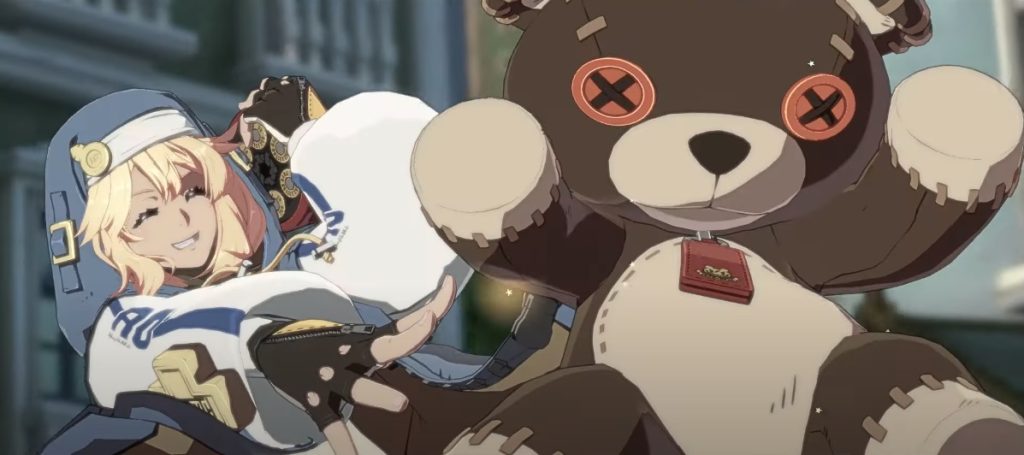
As for getting to execute their five-year plan, the playerbase thinks that it’s definitely possible for ArcSys to keep up with the new titles coming out in the near future. But it starts with listening to what the players want. After all, first impressions on the game’s newest character were fantastic — in part because ArcSys ran a community poll to see which characters players wanted the most, and Bridget was at the top of that list.
“The concept of listening to the audience and developing based on audience feedback is fairly new to fighting games,” MarlinPie said. “I think ArcSys is doing a great job as of late and as long as they continue to keep the player base feel like they are a part of the loop, that’s the key to success.”



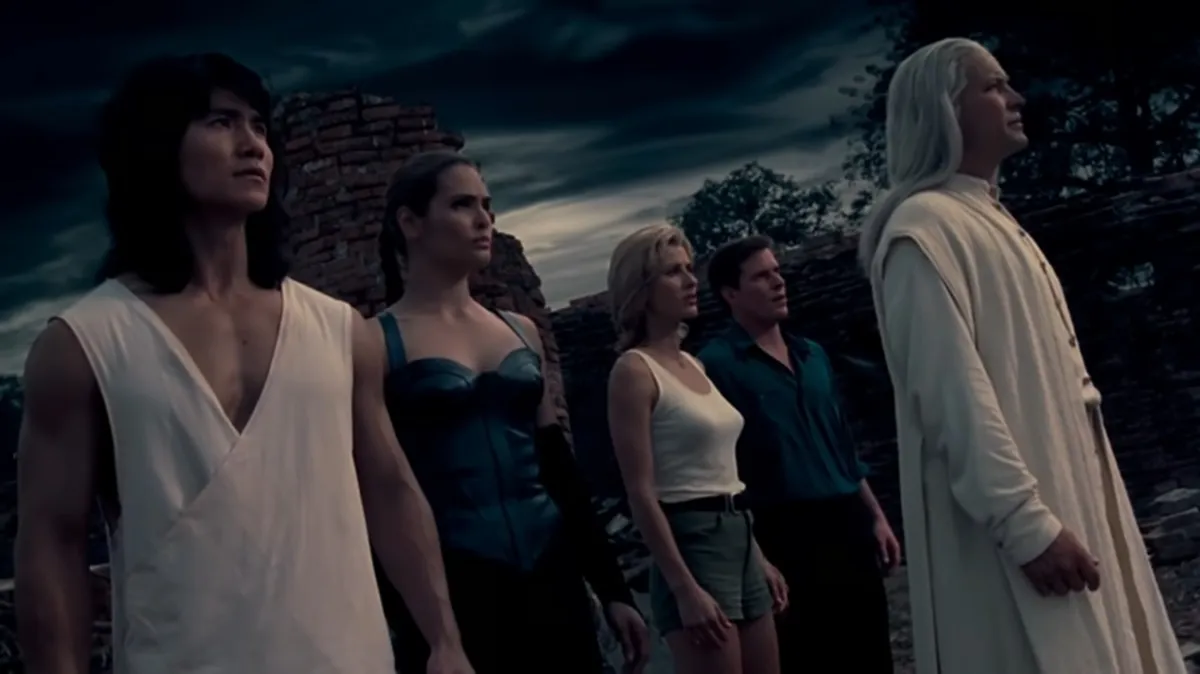

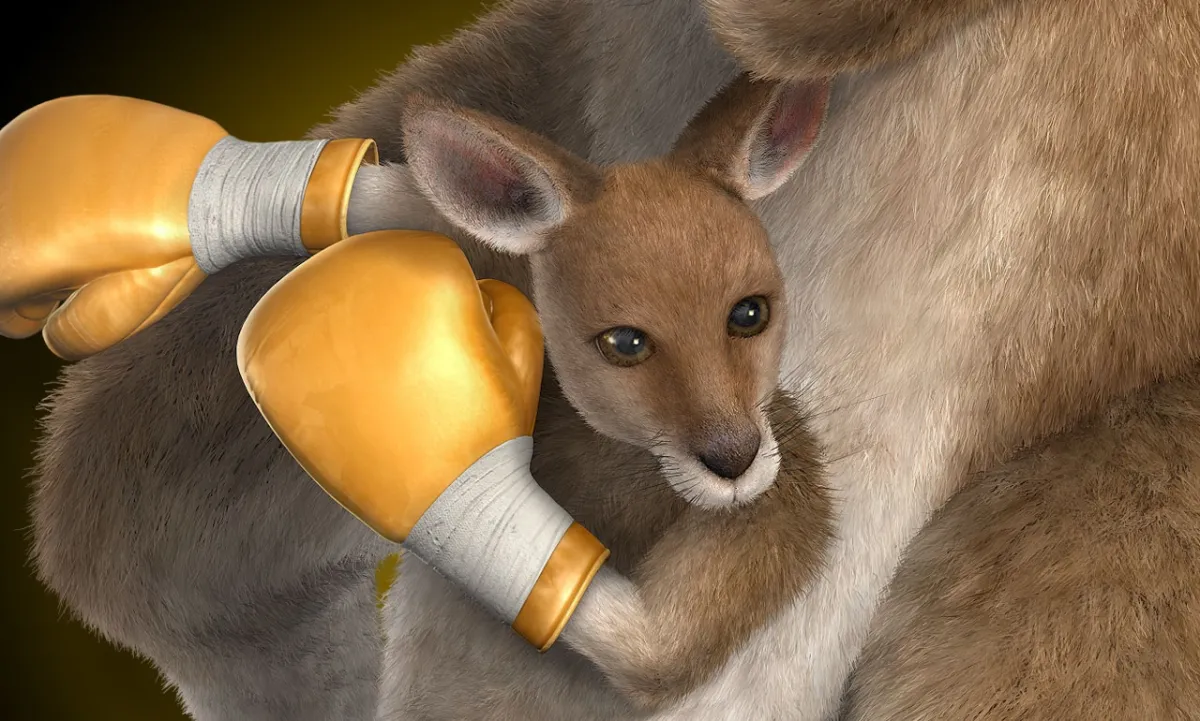
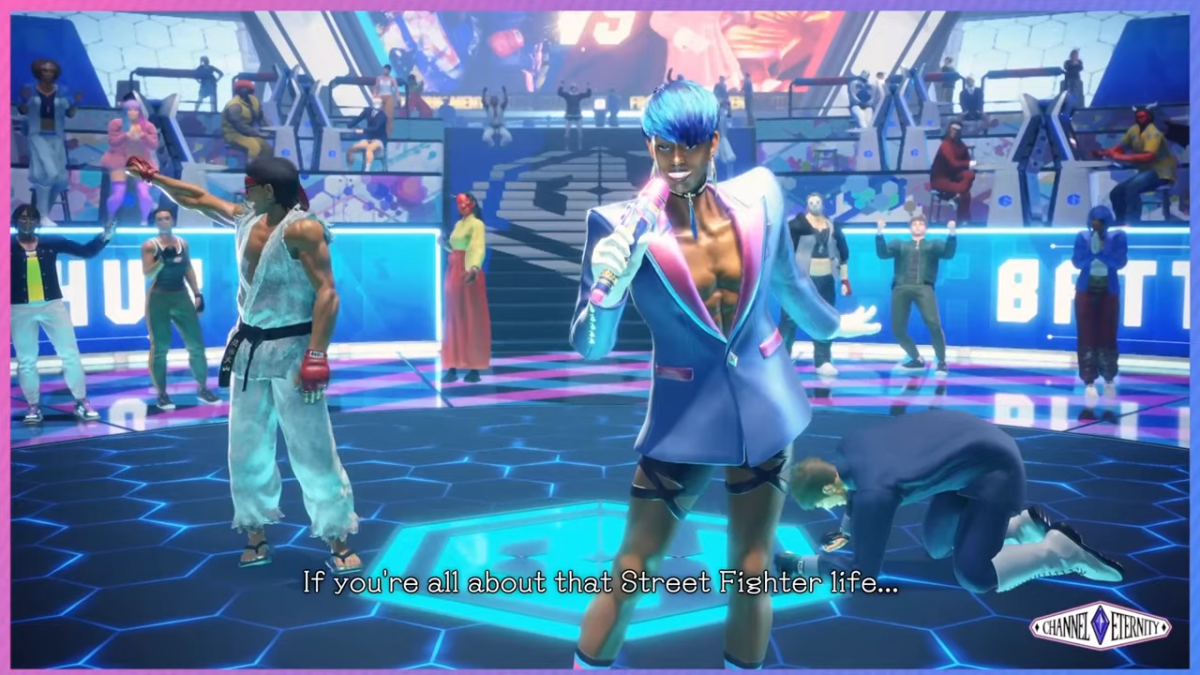
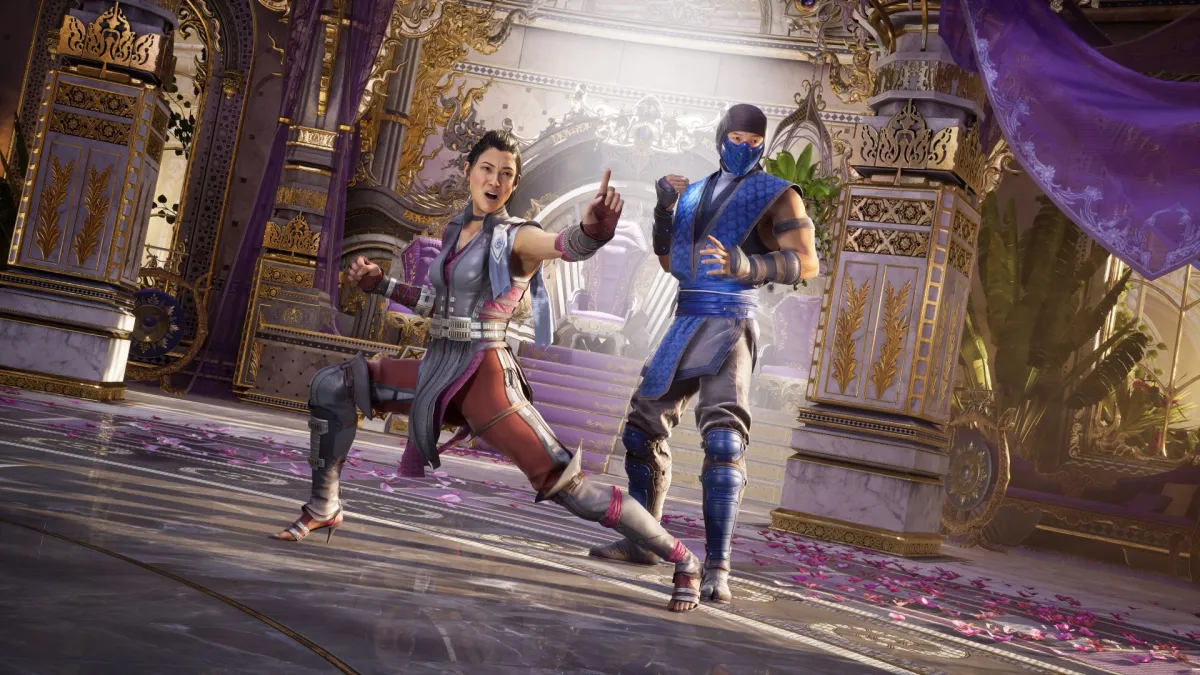

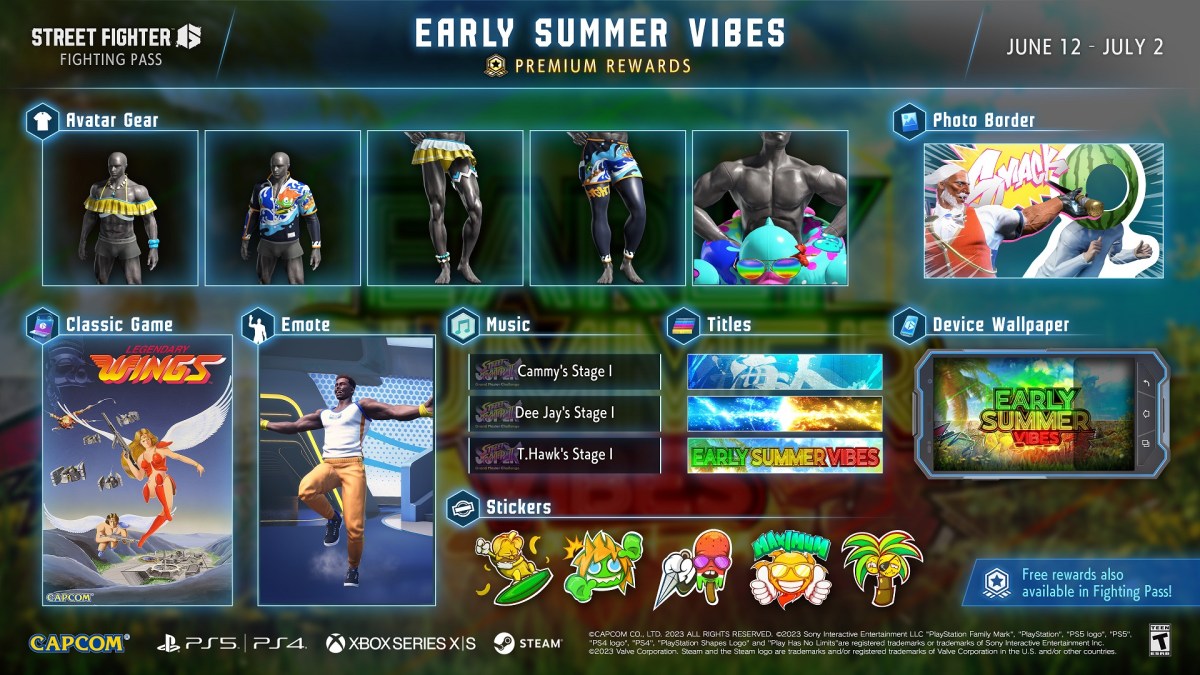
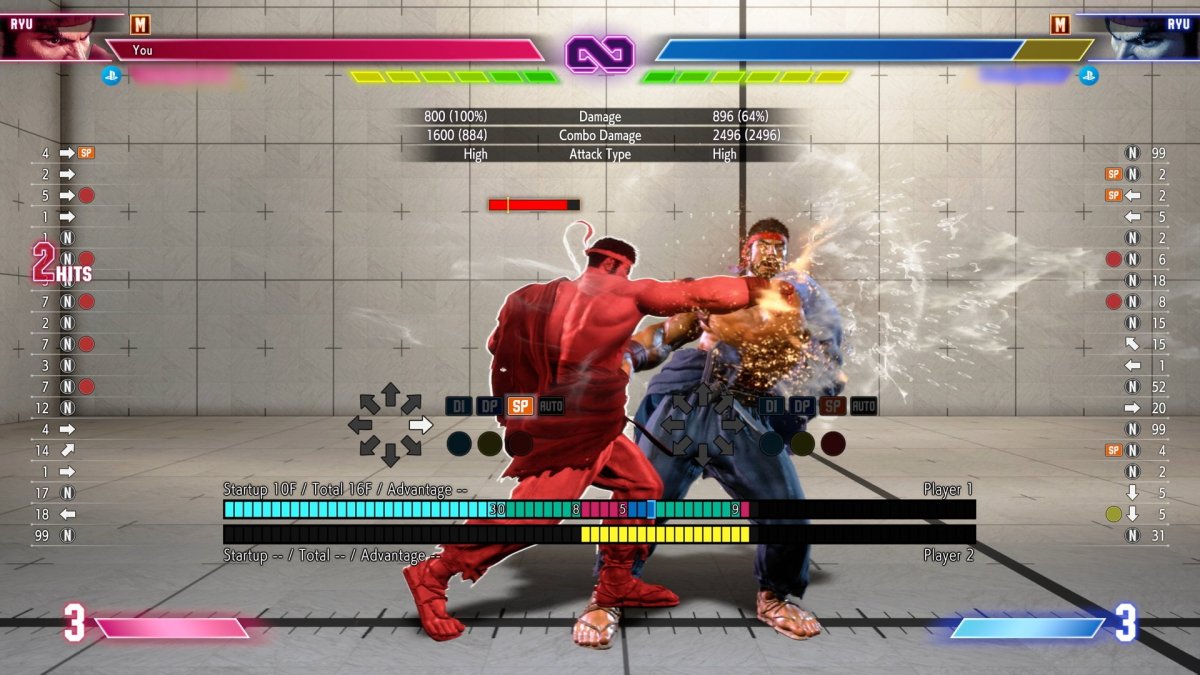
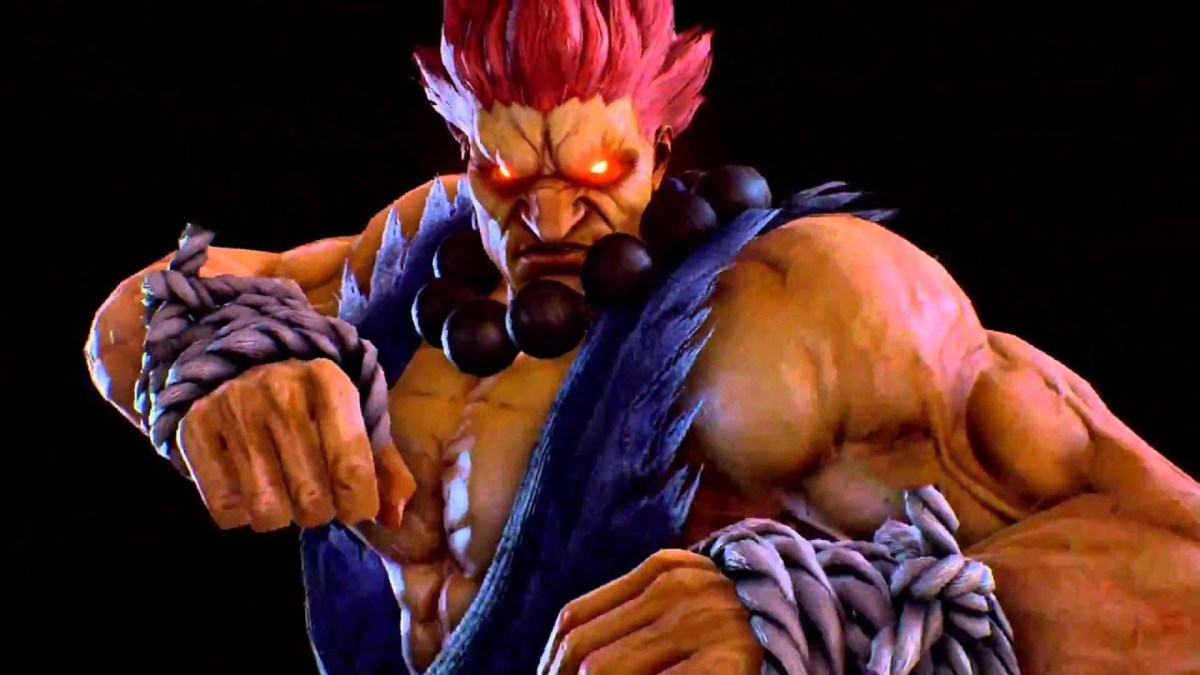
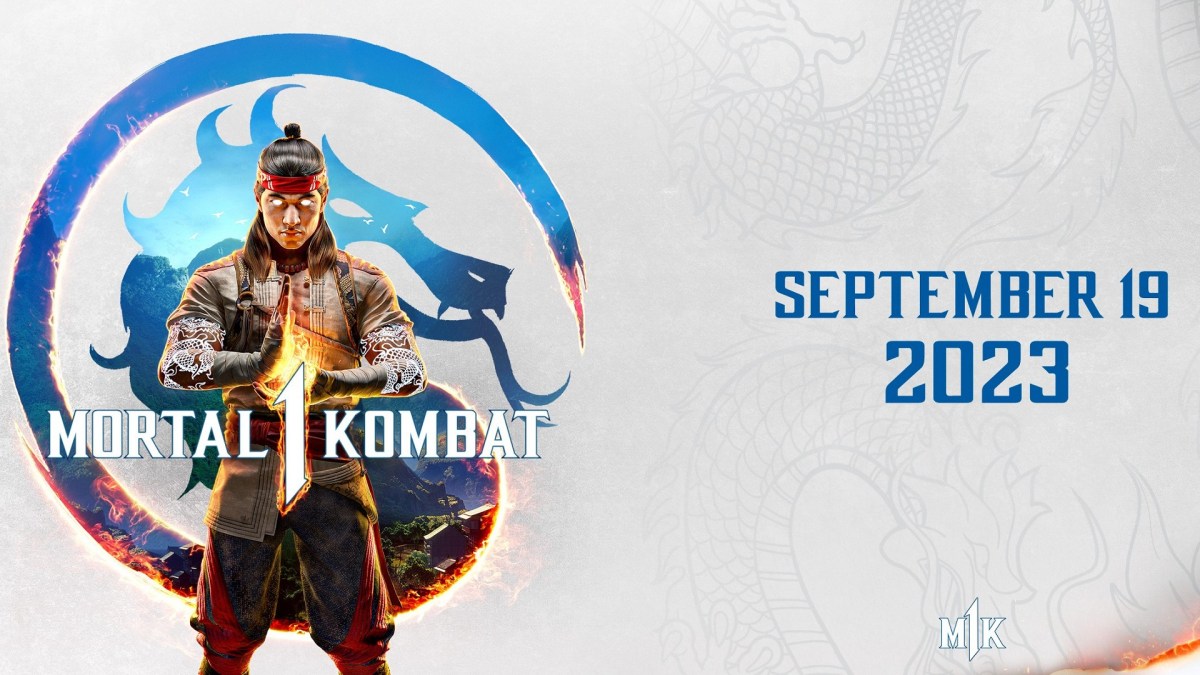

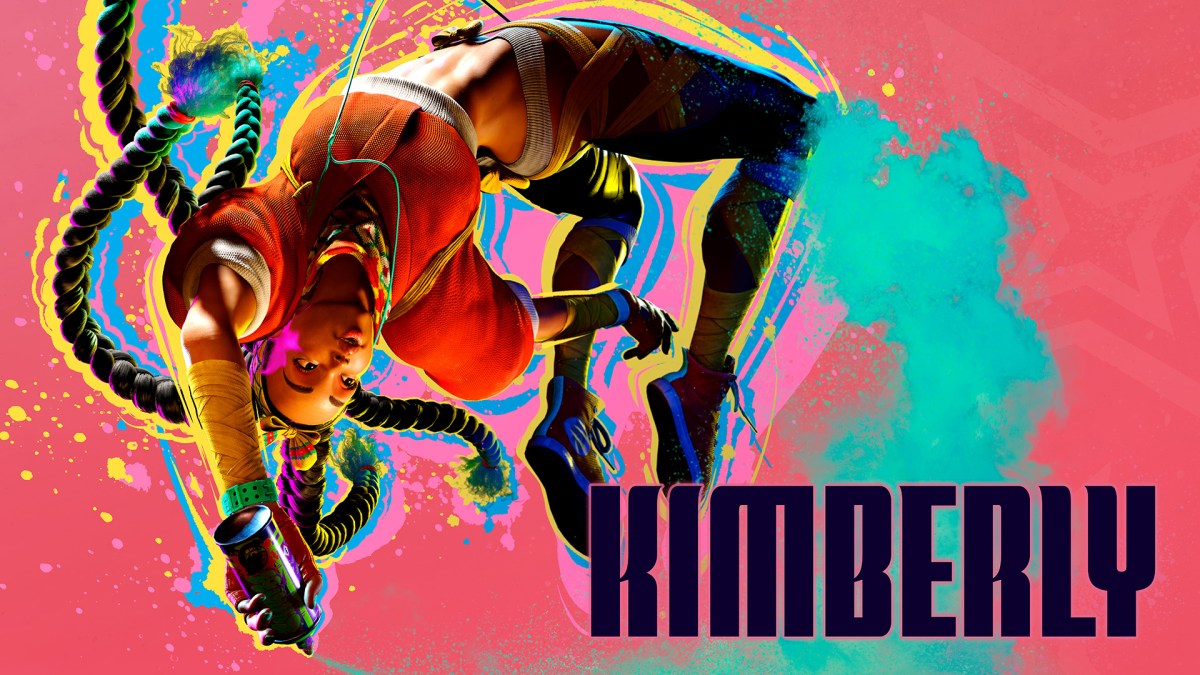


Published: Aug 25, 2022 02:40 pm